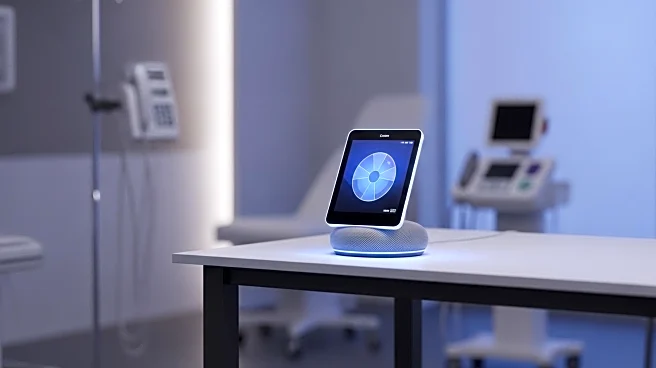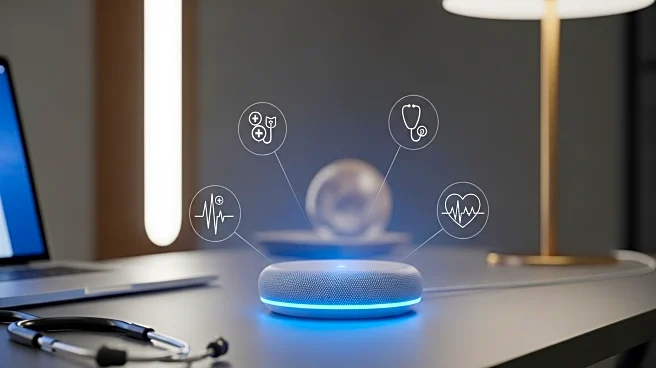What's Happening?
Yosi Health has launched a new AI Voice Agent designed to improve patient interaction through its digital front-door platform. This innovation integrates phone, SMS, and web chat automation to streamline patient intake, appointment management, and post-visit communications. The AI component is tailored for clinics and ambulatory practices, utilizing deterministic, rule-based voice automation to enhance throughput and reduce hold times while maintaining clinical safety. A key feature of the system is its safety-first triage capability, which detects 'red-flag' language such as chest pain or severe bleeding and triggers immediate escalation protocols. The AI Voice Agent also supports routine workflows like scheduling and point-of-service payments, drawing real-time data from practice management systems.
Why It's Important?
The introduction of Yosi Health's AI Voice Agent represents a significant advancement in healthcare technology, particularly in enhancing patient safety and operational efficiency. By automating routine tasks and providing real-time data integration, the system reduces administrative burdens on healthcare staff, allowing them to focus more on patient care. The safety-first design ensures that critical health issues are promptly addressed, potentially improving patient outcomes. This development could lead to broader adoption of AI-driven solutions in healthcare, driving innovation and efficiency across the industry. Stakeholders such as healthcare providers and patients stand to benefit from improved service delivery and reduced wait times.
What's Next?
Yosi Health plans to expand the capabilities of its AI Voice Agent by incorporating SMS and web chat AI enhancements, as well as expanded intake automation and configurable post-visit outreach workflows. As the solution is currently live with early adopters, further deployment across more healthcare facilities is anticipated. This expansion could prompt other healthcare technology providers to develop similar AI-driven solutions, potentially leading to widespread changes in how patient interactions are managed in the healthcare sector.










